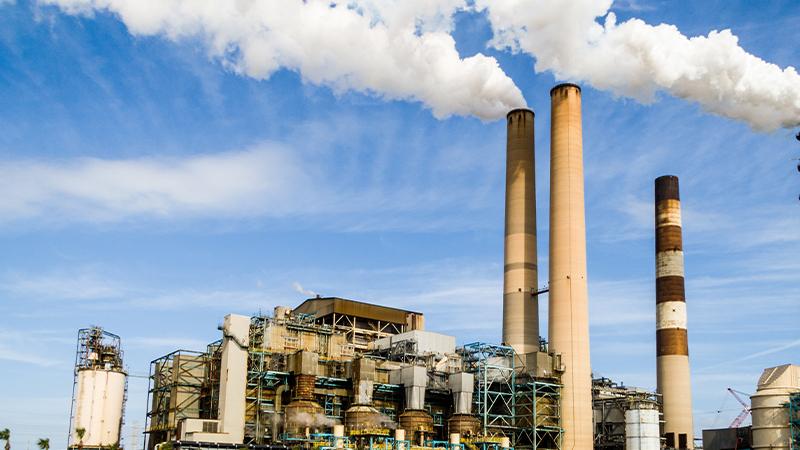Keeping industrial odors at bay starts and ends with weather
You can't always smell dangerous pollutants in the air. That’s why air quality experts measure the amount of fine particulate matter to ensure that the air we breathe is safe.
However, sometimes air pollutants and odors go hand-in-hand. And as the concern for air quality grows, so does the concern for less pervasive but possibly equally harmful contaminants that are in our environment.
Industrial sprawl, odors, and air quality
As populations around the world continue to grow, this means more and more commercial and residential developments are sent sprawling toward industrial sites. With this, the challenge of maintaining air quality and industrial odors also expands. The people who must deal with these nuisances are putting their quality of life in danger.
Rapid urban growth has eroded the traditional buffers that typically exist between residential areas and industrial sites including wastewater treatment. In response to growing social pressures and community expectations, governments are responding with increasingly stringent regulatory requirements for the control of odors emanating from plants near populous areas. Organizations like the United States Environmental Protection Agency (EPA), for example, put into effect the Clean Air Act to regulate emissions of hazardous air pollutants.
These foul smells can threaten the neighboring communities, but they can also be contained and controlled by physical, chemical, or biological channels.
How weather plays a role in minimizing nuisance odors
In addition to governments, municipalities and plant owners and operators have begun implementing innovative odor management strategies as part of their pollutant control efforts.
Weather, including temperature changes and wind direction, plays a major role in odor dispersion. Weather and air quality sensors provide the insights, data, and observations needed to control and minimize odors before they permeate a community.
SUEZ Water Technologies and Solutions, a global leader in the sustainable management of resources, developed the NOSE Platform, a real-time odor management solution for industrial facilities. Suez’s NOSE platform is used to forecast and control the "olfactory footprint" of its facilities in real time.
Because weather plays such a big part in minimizing dispersion, they set up a network of weather and ambient air quality sensors for industrial facilities to make their vision come to life.
Data-driven odor control from one sensor
Vaisala’s Weather Transmitter WXT536 is an essential part of the NOSE Platform. It simultaneously captured real-time data on the six most common weather parameters, which affect how far from the source and in what direction atmospheric emissions are carried:
- Wind speed
- Wind direction
- Temperature
- Precipitation intensity
- Pressure
- Humidity
The benefits of this approach are significant. First, the ability to better integrate industrial sites within urban environments creates an immense impact on city planning. Additionally, governments and communities can understand the potential of the impact on nearby communities. Using data to minimize odors can also help to:
- Reduce the cost of treating nuisance odors
- Monitor odorous emissions in real time
- Ensure compliance with government regulations
- Implement sustainable solutions to reduce odors over the long term
- Improve air quality and quality of life for residents and onsite operators
- Engage in transparent communications with local stakeholders
Making efficient and sustainable odor management the new norm
Communities are becoming more and more aware of odor nuisances — and governments are responding with strict regulations. But there are new, innovative approaches and solutions that can help keep this issue at bay.
Read the full case study on SUEZ, and how Vaisala’s trusted air quality monitoring products helped to lead the charge of an industry-leading platform.
